Growing a thriving garden in a challenging season
If you have any questions about your gardens, OSU Extension and the Trumbull County Master Gardener Volunteers are here to assist.
Read MoreNote: This article was updated in June 2022.
Herbs have been prized for centuries. Early Egyptians revered their medicinal virtues; Arabian spice traders profited from their exotic flavors. Later, Victorians, captivated by herbs’ beauty and fragrance, showcased them in fashionable herb gardens. Today, gardeners are still magnetized by herbs’ many uses.
“Herbs just give back,” said Debra Knapke, co-author of Herb Gardening for the Midwest. “It’s one thing to grow a pretty flower to look at but another to grow an herb for cooking, its smell and its visual appeal.” She said herb gardens are sensual gardens. “They hit all five senses.”
Author of six Ohio gardening books, Knapke said Ohio is a great place to grow herbs and is even home to the Herb Society of America, located in Kirtland. Here are Knapke’s herb growing tips and her 10 favorites.
In Herb Gardening for the Midwest, Knapke and co-author Laura Peters profile 90 herbs that can be grown under regional conditions. Knapke said these herbs encompass a wide range of useful plants – everything from annuals and perennials to trees, shrubs, vines and even lichens and fungi.
While many annual herb plants like dill and cilantro can easily be grown by seed, Knapke recommends beginning gardeners start with purchased herb plants. When shopping, she said to look for healthy plants that are “not droopy” or “off-color.”
Next, gardeners need to find a good growing location – preferably a sunny spot with good drainage. Knapke reminded gardeners to plant the herbs at the same level as in their pots and to give them a thorough initial watering. She said herbs don’t need to be fertilized; rather, she feeds her soil with leaf compost in the spring and fall. Mulching also helps minimize weeds and retain moisture.
In addition, herbs are good candidates for growing in containers. Knapke said a strawberry jar works well for planting a container herb garden. She also recommended planting tender perennial herbs in pots, so they can be easily moved indoors to continue growing over winter.
In her herb gardening talks, Knapke invites gardeners to group herbs in culinary, tea, silver-colored, fragrant and medicinal-themed gardens. She also encourages them to consider mixing herbs in perennial beds. “Herbs don’t have to be segregated to an herb garden,” Knapke said.
Throughout the summer, Knapke advises snipping plants regularly to encourage branching and new growth. Successive cuttings can be harvested when fresh herbs are needed. “The more you harvest, the more they’ll grow,” she said. As seasoned gardeners know, herbs are best gathered early in the day, after the dew has dried but before the sun bakes the plants’ essential oils.
Lavender
Known as “the queen of herbs,” lavender was Knapke’s research plant for her master’s thesis. She recommends planting this fragrant herb on a slope to encourage good drainage. Her favorite varieties include Hidcote, Blue Cushion, Munstead, Provence and the newer compact variety Lavance Purple.
Rosemary
Knapke said this culinary herb darling requires some extra care but is worth the effort. She recommends growing rosemary in a container outside then moving it indoors for winter. Inside, the herb grows best in a Florida room or along a south- or southeast-facing window. Mist the plant frequently and avoid overwatering. Knapke recommends Arp rosemary for its cold hardiness, Severn Seas rosemary for its cascading habit, Barbecue with its stiff twigs for savory kebob skewers or Tuscan Blue with its blue flowers.
Thyme
This Mediterranean herb thrives in poor soil and works well as a ground cover or lawn substitute in low traffic areas. Thyme is a primary ingredient of za’atar, the popular Middle Eastern spice mix for seasoning meats or creating flat bread spreads. Knapke recommends French and lemon thyme for the kitchen. Fragrant ground covers include White Moss, Red Creeping “Coccineus,” Annie Hall, Doone Valley and Lemon Creeping.
Sage
Called salvias or sages – two common names often used interchangeably – this plant group includes some 900 species. Among the bounty of sage choices include the aromatic Pineapple sage, the flavorful Berggarten, the golden Aurea, the purple Purpurescens and the dwarf Nana. In addition, an out-of-the-ordinary group of ornamental tender salvias can be grown as annuals in Ohio. Try Cherry Chief, Dark Dancer, Moonlight or Hummingbird ‘Black and Blue.’
Scented Geranium
This delight to the nose is found in diversely aromatic varieties including Peppermint, Rober’s Lemon Rose (“great for pound cakes”), Rose (old fashioned Rose or Skeleton Rose), Chocolate Mint, Lady Plymouth, Apple, Nutmeg, Snowflake and Fair Ellen.
Bay
This tender herb is an evergreen tree of the laurel family and grows well as a houseplant in a sunny location. Bay leaves are a staple in many soups and stews. Knapke created charming bay and thyme bonsai-style centerpieces for her daughter’s garden wedding.
Mint
Knapke admits mint is an even more aggressive rambler but said it can be managed by simply removing the plant’s shallow runners. She recommends mint’s subtle flavors for mint juleps, fruit salads and Indian dishes. Savor mint varieties such as Pineapple, Chocolate, Apple, Grapefruit, Lime and Peppermint “Robert Mitcham.”
Oregano
Widely used in Greek and Italian cuisine, this robust herb rambles a bit in the garden but is easy to control. Many herbs fall under the name “oregano” which often is interchangeable with marjoram, so Knapke recommends selecting a variety by its taste or scent appeal. She said the hot and spicy Origanum hirtum ssp. vulgare is still one of the best.
Garlic
Grown like a bulb and planted in the fall, garlic and its allium relatives such as chives and leeks are kitchen essentials. Knapke points out garlic’s equally healthful benefits such as helping build resistance to viruses and lowering cholesterol and blood pressure. She prefers growing the better-storing soft neck varieties versus the hard neck ones.
Basil
Knapke said this quintessential pesto ingredient offers a taste of summer and Italy. She recommends watering the herb when it’s first growing but to ease off watering later in the season. Sweet and Genovese basils are the classic culinary varieties. Also, try the scented and flavorful Lime and Cinnamon basils, the compact Green Bouquet, the purple-leafed Osmin and the ornamental African Blue.
If you enjoyed this article, consider becoming a Farm Bureau member and you’ll receive ongoing access to information about your local food community, including seasonal recipes. Membership includes a free subscription to Our Ohio magazine. Learn more about other exclusive member benefits.
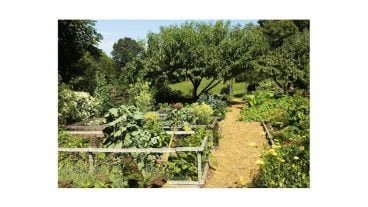
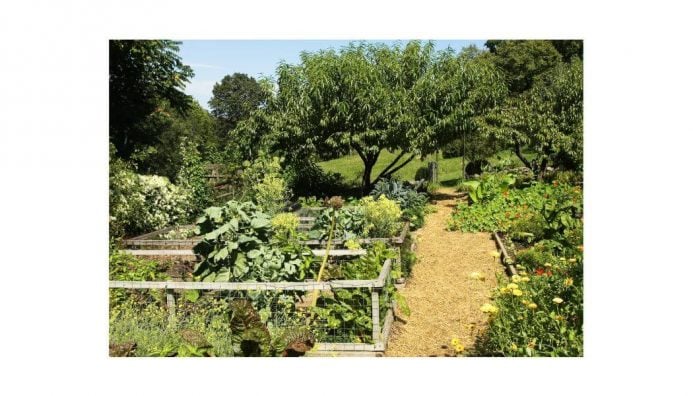
If you have any questions about your gardens, OSU Extension and the Trumbull County Master Gardener Volunteers are here to assist.
Read More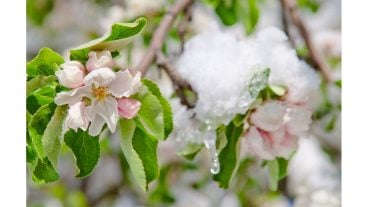
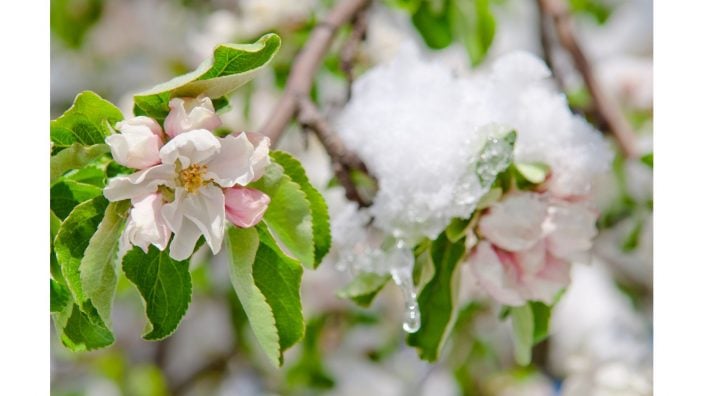
Weather patterns like we are experiencing this year increase the risk of loss for fruit and ornamental crops.
Read More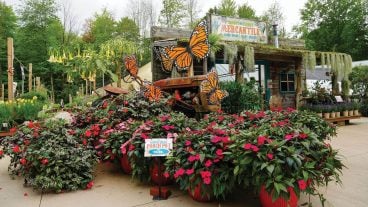
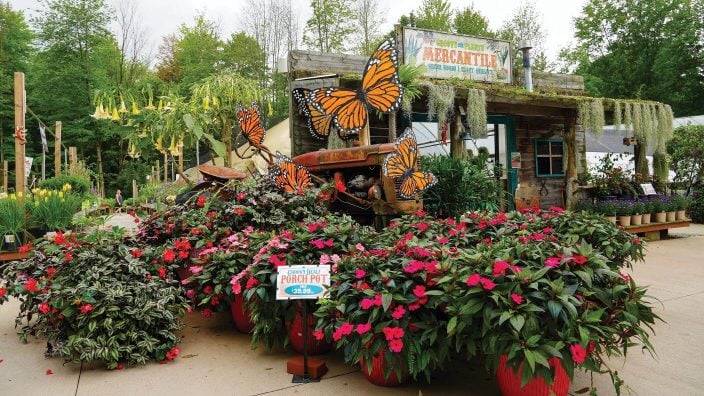
Groovy Plants Ranch is a retail store and tourist mecca with a huge emphasis on unique and unusual plants.
Read More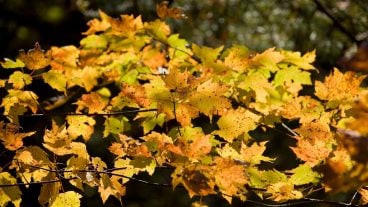
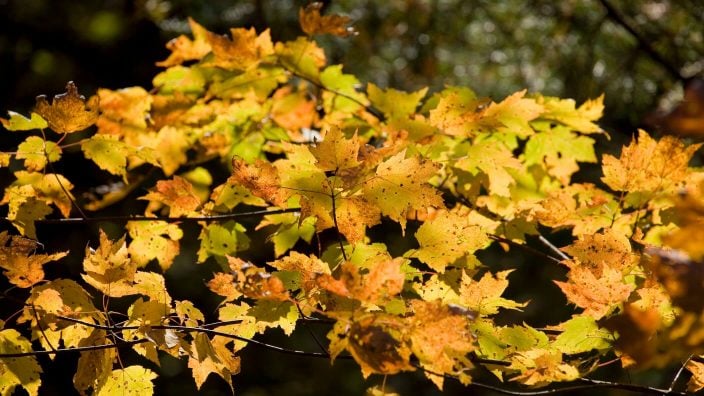
Whatever method you choose, understand there is no right way or wrong way to handle leaves each fall.
Read More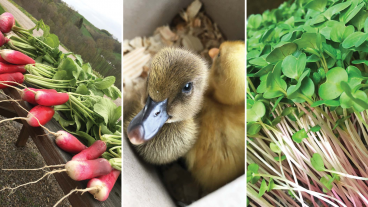
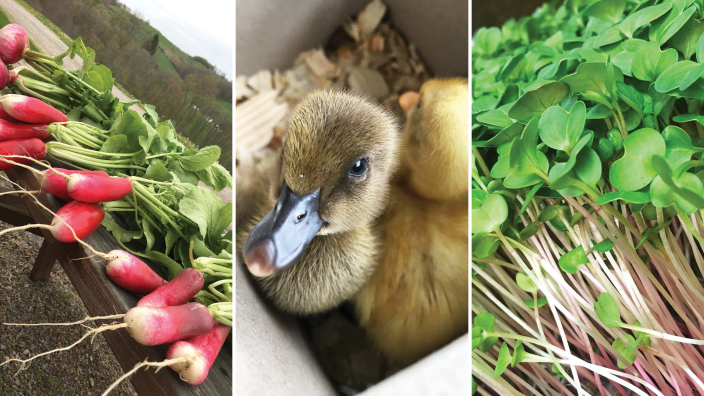
Hard work, dedication and concern for others aren’t quaint concepts at Olde Tyme Farms. These principles helped the 20-acre chicken,…
Read More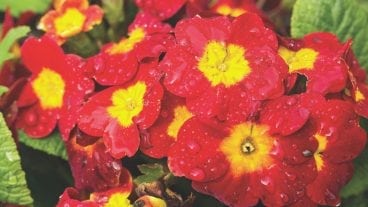
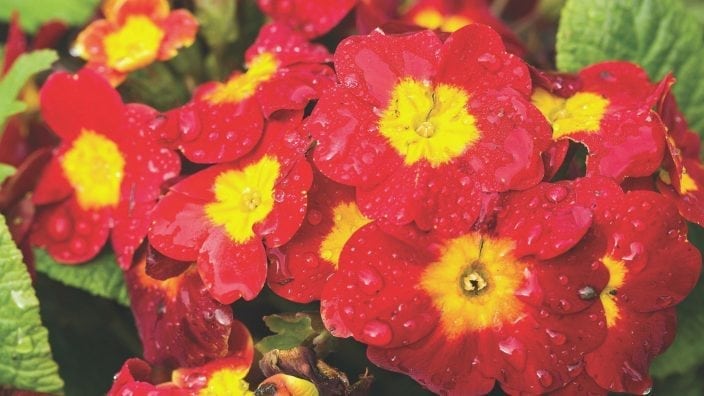
Gold pocket watches, delicate china and heavenly scented flowers are among the heirlooms passed along from one generation to the…
Read More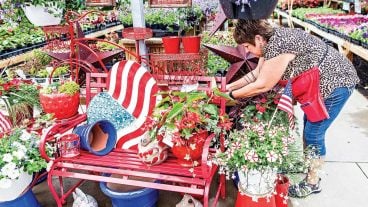
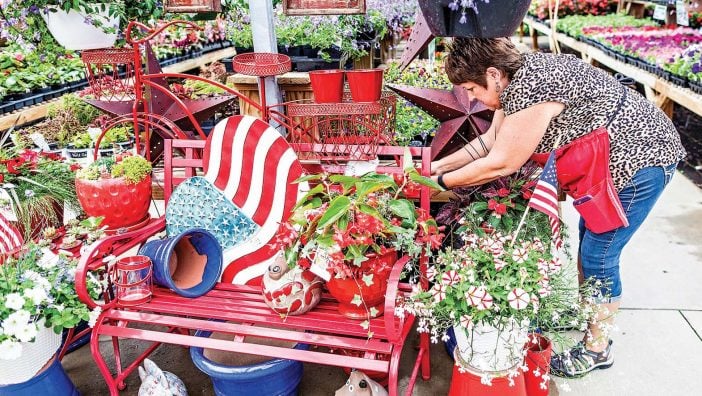
A buzz of activity surrounds the lead-up to Memorial Day for nurseries and greenhouses, like bees hovering around the bright…
Read More

In real estate — and home gardening — one thing to remember is location, location, location. The ideal garden spot…
Read More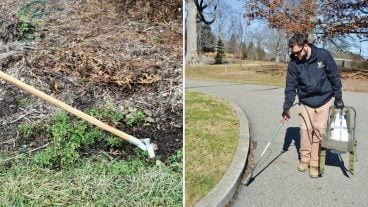
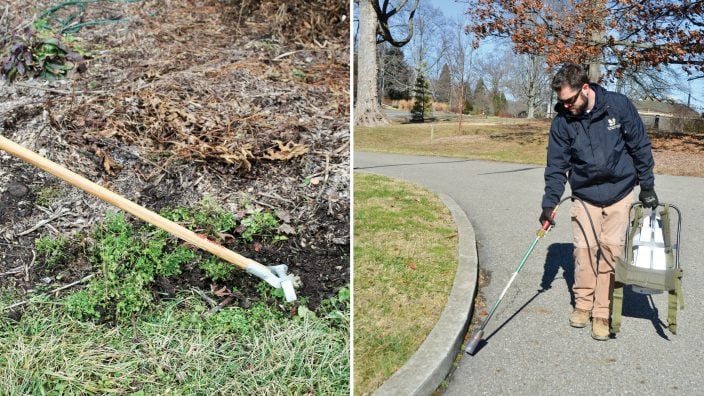
As spring nears, the home gardening chore list grows faster than dandelions. What’s a gardener to do? Perhaps turn to…
Read More
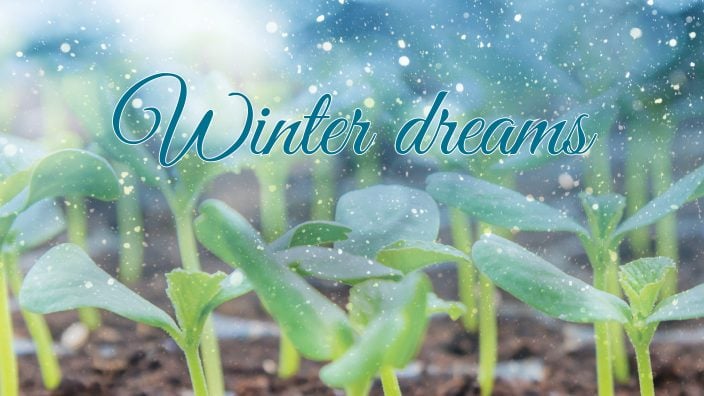
Temptations abound in garden catalogs. To avoid mistakes and over ordering, several master gardeners were consulted for suggestions.
Read More